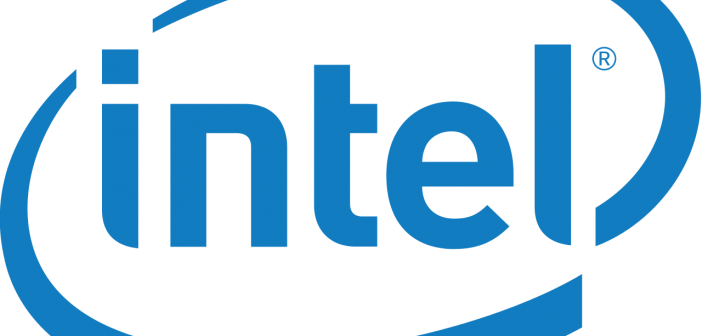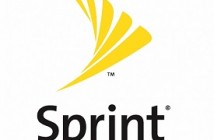Intel Corporation (NASDAQ:INTC) stated in its 10-K 2014 filing that its methodology for product development would be an Intel Core micro architecture introduction, for notebooks, desktops as well as Intel Xeon processors after every two years. On the other hand, technology for silicon process will be introduced in other years.
Just recently, Intel filed its 10-K as the fiscal year came to a close. It stated all the above except for the fact that the introduction would be after nearly 2-3 years.
This difference is more than it seems because Intel Corporation (NASDAQ:INTC) isn’t as confident as it once was with its traditional approach to launch an innovative micro architecture within two years. Intel Corporation (NASDAQ:INTC) seriously doubts itself considering such a statement. The new timeframe might be due to the tough job of moving to advanced technologies in semiconductor manufacturing while simultaneously reducing costs.
Intel Corporation’s (NASDAQ:INTC) goal is basically to work close to the traditional timeframe. This analysis can be deduced considering that when its Broadwell processors were delayed because of manufacturing difficulties in its 14 nanometer, Intel still kept its successor, Skylake up-to-date and on track with the original schedule.
A representative for the company stated that its 10 nanometer, which was to follow the Skylake called Cannonlake, is set to launch at the beginning of 2017. If this statement is true then it would take less than a year and a half between both launches Of Skylake and Cannonlake.
Intel Corporation (NASDAQ:INTC) launched the 22 nanometer (the first of its type), known as the Ivy Bridge, back in April 2012. The second of its type known as Haswell, entered the market in June 2013. While Skylake enters the market in August 2015, Cannonlake is bound to be a January 2017 launch.
The time frame between both Skylake and Haswell is two years and nearly a quarter. Considering that Cannonlake’s successor hits the market a year after it does, the delta will be lower than two and a half years for Icelake and Skylake. Even if a delay occurs, the company may have to go a bit over that time frame to just three years. This is a considerably reasonable timeframe, given allowances for delays, however, it is still more than the traditional amount that Intel Corporation (NASDAQ:INTC) was planning to have.
RBC Capital’s Doug Freedman made note at an investor meeting of Intel, that there wasn’t any talk about the methodology, given that management wasn’t presenting either a confirmation or denials regarding the matter. However, the recent 10-K filing helps understand things that management wasn’t able to present in the conference.
Intel Corporation (NASDAQ:INTC) is trying its best to stay within its traditional approach however economical and technical realities have it a whole other way. This is because moving into new manufacturing technologies, means that the company won’t be able to achieve the traditional approach all the time even if Intel Corporation (NASDAQ:INTC) was able to in the past.




